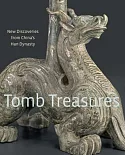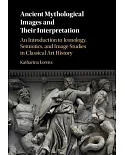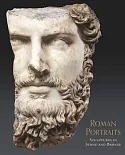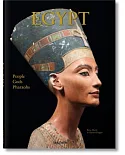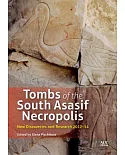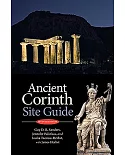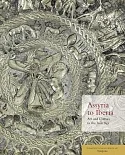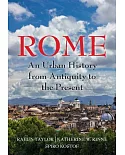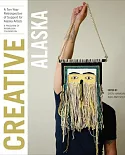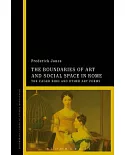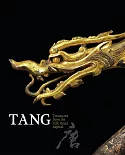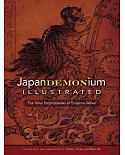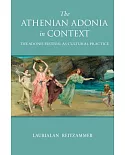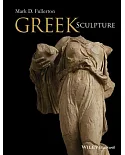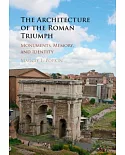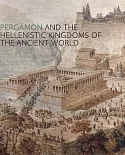The relief slabs that decorated the palaces of the Neo-Assyrian Empire, which emphasized military conquest and royal prowess, have traditionally been understood as statements of imperial
propaganda that glorified the Assyrian king. In this book, Mehmet-Ali Ata�禮 argues that the reliefs hold a deeper meaning that was addressed primarily to an internal audience composed of court
scholars and master craftsmen. Ata�禮 focuses on representations of animals, depictions of the king as priest and warrior, and figures of mythological beings that evoke an archaic cosmos. He
demonstrates that these images mask a complex philosophical rhetoric developed by court scholars in collaboration with master craftsmen who were responsible for their design and execution.
Ata�禮 argues that the layers of meaning embedded in the Neo-Assyrian palace reliefs go deeper than politics, imperial propaganda, and straightforward historical record.




